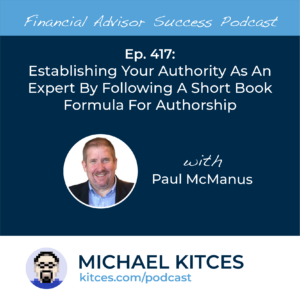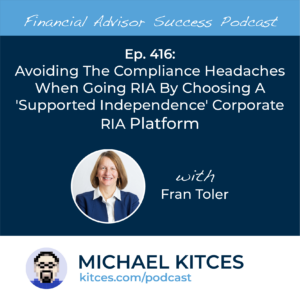Each week in Weekend Reading For Financial Planners, we seek to bring you synopses and commentaries on 12 articles covering news for financial advisors including topics covering technical planning, practice management, advisor marketing, career development, and more. And as 2024 draws to a close, we wanted to highlight 24 of the most popular and insightful articles that were featured throughout the year (that you might have missed!).
We start with several articles on retirement planning:
- Why considering a client's retirement time horizon and spending flexibility could lead to more accurate (and often higher) safe withdrawal rates than the simpler "4% rule"
- Four unique risks retirees face when drawing down their assets, from sequence of returns risk to tax risk, and how financial advisors can help clients mitigate them
- Practical considerations for advisors when engaging in (partial) Roth conversions, from assessing the "effective marginal rate" paid on the conversion to deciding when during the year to complete the conversion(s)
From there, we have several articles on tax planning:
- How financial advisors can help clients avoid (increasingly punitive) estimated tax penalties, such as determining the amount they owe and leveraging strategies to pay the taxes efficiently
- 12 tax planning principles for early retirees, from balancing the 0% long-term capital gains with partial Roth conversions, to being aware of how different income levels can affect various subsidies and tax credits
- Why the tax benefits of investing in 401(k)s compared to taxable brokerage accounts might not be as significant as might be assumed in certain circumstances
We also have a number of articles on cash flow planning:
- Five ways that can help financial advisors give hesitant clients 'permission' to spend more in retirement
- Why the relationship between spending and happiness is not linear, and what this phenomenon means for client spending and life satisfaction
- How to decide how much to spend on a vacation, from planning out a year's worth of trips in advance to being aware of "luxury creep'"
Next, we have a few articles on estate planning:
- Five ways that clients can simplify their estate to ensure that their goals are met and that they don't create additional stress for their survivors
- How creating a "digital death-cleaning" plan can give a client peace of mind that their digital affairs will be in order after their deaths and ease the burden on their survivors in the process
- While providing a "living inheritance" can be a tax-efficient way to give money to loved ones, it comes with a range of potential considerations, from the sustainability of the giver's financial plan to the potential intra-family conflict it could cause
We continue with three articles on insurance planning:
- How advisors can help clients choose between traditional long-term care insurance policies and hybrid policies that combine long-term care coverage with life insurance
- Five mistakes individuals make when it comes to Medicare, from underestimating expenses to missing important deadlines, and how advisors can help prevent them
- How financial advisors can help clients evaluate the health insurance options available in early retirement, from staying on their previous employer's plan through COBRA to obtaining a (potentially subsidized) plan on their state health insurance exchange
From there, we have several articles on financial advisor marketing:
- Financial advisory industry veteran Joe Duran offers a four-part framework for advisors to achieve greater organic growth in the years ahead
- How advisors can effectively ask for client referrals without coming off as too 'salesy'
- How advisors can boost the relevancy and effectiveness of the "Calls To Action" (CTAs) on their website
We wrap up with three final articles, all about practice management:
- A seven-step process for building an efficient, thriving advisory practice, which starts with the firm owner crafting a vision for what they want their client base and personal lifestyle to look like
- A step-by-step guide to the process of buying or selling an RIA, from the due diligence undertaken by both the buyer and seller to the legal documents that can protect both parties
- A survey indicating that being proactive with planning strategies and communication could be more important than portfolio performance for financial advisors when it comes to client retention
Thanks for letting us be a part of your reading list each week and we'll look forward to highlighting more insightful articles in 2025!




